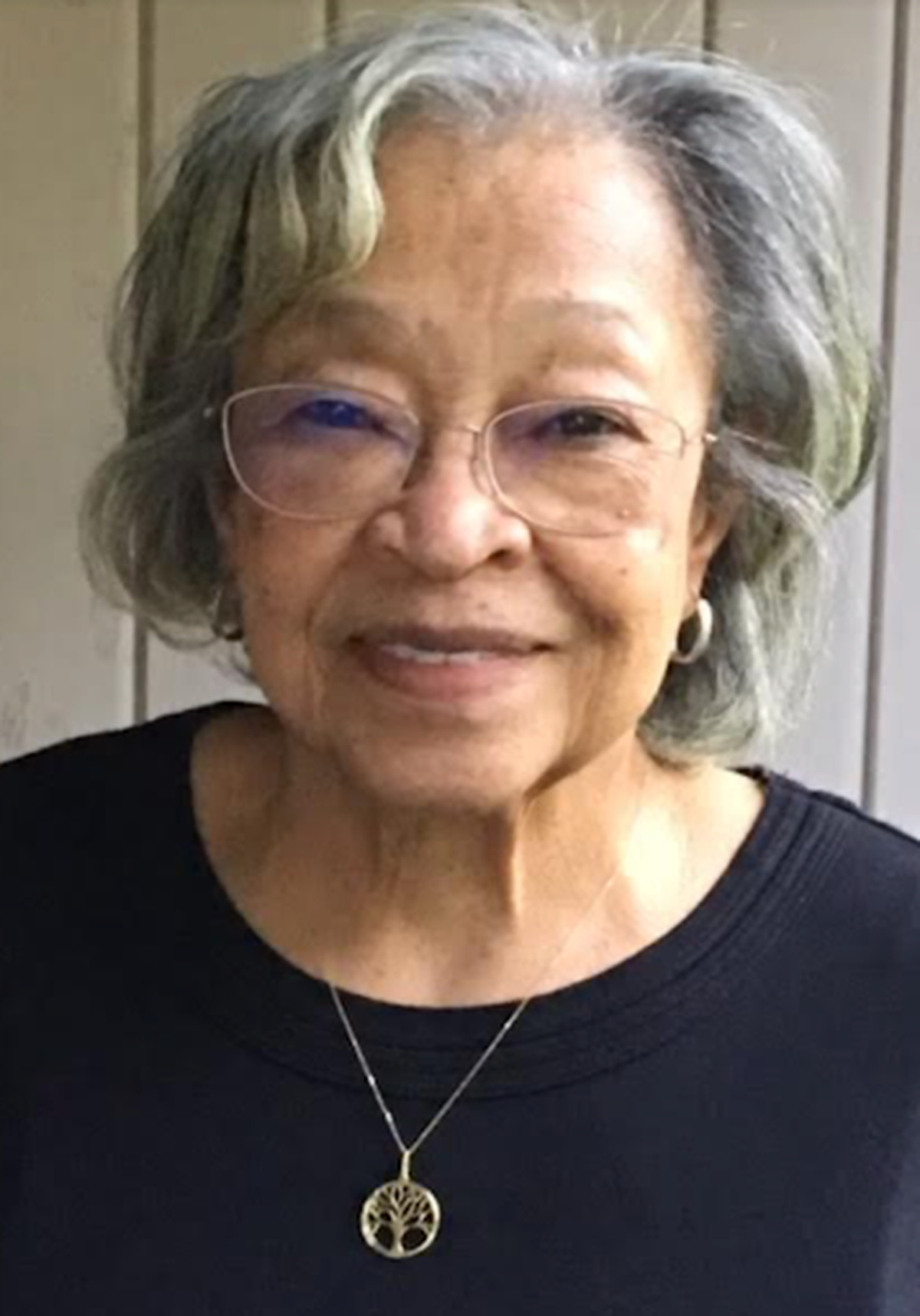Sgt. Malbert Montgomery Cooper serves as a poignant reminder of our duty to honor those who have served. I sought to uncover his story as part of my Eastern Washington Genealogical Society’s “cold case” genealogy project. Cold Case Genealogy involves researching individuals unrelated to you and utilizing local records.
Born on Feb. 15, 1885, in Baltimore, Maryland, Malbert Montgomery Cooper was the only child of Charles Henry Cooper and Margaret Harvey Cooper. After graduation, he ventured into the world, taking on various jobs that showcased his versatility – working as a bellhop in Atlantic City, a factory laborer in Chicago, an elevator operator, a funeral home attendant, and even an ambulance driver. Additionally,
he had an adventurous stint as a roustabout with the famous Ringling Brothers Circus, which reflected his lively spirit and adaptability.
In 1910, Cooper made a significant decision to enlist in the United States Army. He was assigned to Jefferson Barracks in St. Louis, Missouri, before arriving at Fort George Wright in Spokane, Washington, in August of that same year. As a member of H Company in the 25th Infantry, he quietly rose to 1st Sergeant. His service included a trip to Honolulu and an 18-month deployment in the Philippines, where he honed his leadership skills.
After returning from military service, Cooper made Spokane his home and became integral to the local community. He formed strong friendships with Black and White families, often participating in social dances and community events. Despite facing challenges as an African American, he generally felt welcomed.
Malbert was married twice: Delia Lavendar in 1915 and Esther Walker Graves around 1925. Esther had a son named Clarence Edward Graves from her previous marriage. Malbert did not have any children of his own. He dated Selma Clark, who was the informant on his death certificate.
Initially, I focused on a woman, but the lack of available records, especially because her name changed after marriage, prompted me to search for other subjects. Then, I discovered Cooper’s name in Joseph Franklin’s “All Through the Night” book. His distinctive first name captured my attention and motivated me to explore his background further.
On May 11, 2009, I visited Spokane Memorial Gardens on South Cheney-Spokane Road with my husband to locate and photograph Cooper’s grave to put with my article. We were directed to the Masonic Lawn at the cemetery office, specifically Space 2, Lot 52C. After searching for over an hour without success, we returned to the office for assistance. There, the staff delivered unsettling yet hopeful news: Sgt. Cooper had been buried without a headstone because Public Assistance only covered burial expenses. Fortunately, they informed us that he qualified for a government-issued headstone as a veteran, but I needed his discharge papers to proceed.
I contacted Chuck Elmore, the administrator of Spokane County Veterans Services, for assistance navigating the process. We undertook a lengthy journey that spanned six years, during which I met with Chuck twice to present documents and photographs relating to Sgt. Cooper’s life. Throughout this period, Chuck maintained contact by sending regular updates via email–some with good news and others detailing setbacks. When asked to locate the next of kin, I struggled to find viable leads.
Ultimately, the VA denied the initial request for a government-issued headstone, citing that I was not recognized as the next of kin. The Department of Veterans Affairs referenced CFR 38.632, which states that applicants for government-furnished headstones must be the veteran’s direct descendants, authorized representatives, or personal representatives.
Chuck escalated the situation by contacting Sen. Patty Murray’s office; however, these efforts produced limited success. The VA said he would need a court order to obtain the headstone.
In January 2015, the case took a positive turn when Chuck enlisted the help of Nadel Barrett, a Navy veteran and attorney. With her expertise, she secured a headstone for Sgt. Cooper without needing a court order. Updated regulations made this change possible, allowing a cemetery administrator to apply for a government-issued headstone without being the next of kin. This finally enabled Cooper to receive the honor and recognition he deserved.
When Chuck received the headstone, he informed Kip Hill, a reporter for The Spokesman-Review. Hill met Chuck Elmore and Nadel Barrett at the cemetery for a photo and an interview published in The Spokesman-Review on Sunday, May 24, 2015. I was credited with bringing Sgt. Cooper to Elmore’s attention. I did more than that; I researched Cooper’s genealogy.
I received a call from Chuck, who informed me that Sgt. Cooper’s headstone had been installed. My husband and I immediately went to the cemetery to see and photograph the headstone.
A full military burial ceremony occurred on May 27, 2015. I had never attended an Army burial ceremony before, and it was very moving – honor Guards, flag folding, the firing party, and Taps. What a day! Every Memorial Day weekend, we visit the cemetery to place flowers and a flag on Sgt. Cooper’s grave.
